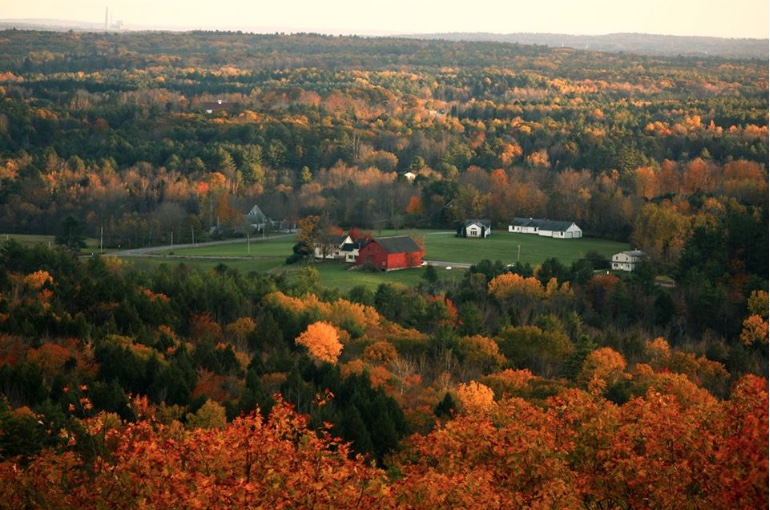
Labor Day used to mean more than hurricanes threatening the east coast from Florida to Maine. In the olden BC days… before computers… Labor Day also meant you went back to school the next day. School also let out sometime in June. Your release date was never exact because several “snow days” were built into the calendar every year. If they weren’t used up we got out in early June. If it was a bad winter then we got out mid-June. We also were not too far removed from harvest time on both ends of the school year.
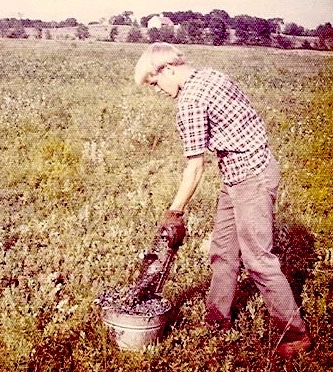
I walked to school daily, five miles round trip, and that was my preference. The wander took me past blueberry fields, Concord grape hedgerows, apple orchards and a great view of New Hampshire’s Mt. Washington some 60 miles away. In the fall I was scrumping every morning and afternoon for six weeks or so. This daily Too & Fro also included crossing the Royal River which was really more of a serf stream except during the spring floods. (Fished and fell into the Royal a lot. Found my first black pearl there and caught my first eel there.) All that wild fall fruit always ruined my supper but then again my mother was a horrible cook so it worked out well.
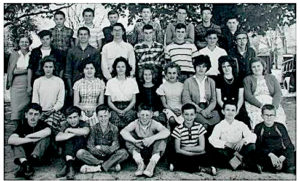
In September and October you also sized up last year’s now dry wood. We had two wood stoves. And once there was snow that meant “pulping” which is cutting next year’s firewood so it can “season” that is dry for a year. Plants were also part of school letting out in spring. I noticed way back in sixth grade that when the (edible) Lilacs blossomed school was nearly out for the summer… and summer vacations were wrongly named: For most kids where I grew up it meant farm work until school started in September. For me it was three full months of working in the hay fields, a hot, dusty, wasp-punctuated job. My mother collected horses (and other farm animals) and they had to be fed so into the fields I went, indentured labor. There was also summer gardening, 70 days of it. I only escaped all that by volunteering for the Army in 1969 when Vietnam was hot… young men can make stupid decisions… but I never hayed again.
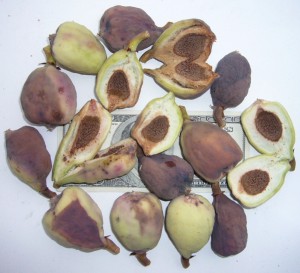
Many years ago I was coaxed into getting a beer at a small eatery in Tampa’s Ybor City. The beer was not memorable but the brick wall on one side of the outdoor patio was. It had a vine I had never noticed. It took awhile but I identified it as a Creeping Fig (and many other names.) It is also something of a chameleon: The young vine on first glance does not look much like the old vine so one can indeed find it and not know you have found it. Also given the right support — such as a strong fence — the vine can cover the entire fence to the extent the vine looks like a long line of shrubs. But then it produces green fig-like fruit. Only the sap of them makes it barely into the edible realm. To read more about the Creeping Fig go here.
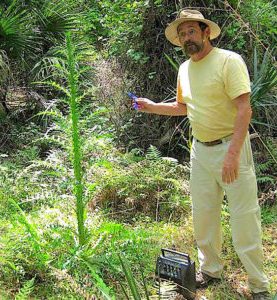
Enjoy what you can of this Labor Day dodging Hurricane Dorian. The tempest should be past by this coming weekend. I have a class in downtown Winter Park Saturday — foraging in an urban setting — and a class at Ft. Desoto south of St. Petersburg Sunday (which should avoid most of Dorian’s wrath.) Note the hurricane-cancelled class in Ft. Pierce has been rescheduled for September 15th. I am also presuming that by the fourteenth Wickham Park will be reopened.
Saturday September 7th, 329 N. Park Avenue, Winter Park. 9 a.m. to noon. Parking is free in the parking garage behind Panera’s. This is a class specializing in finding wild edibles in an urban setting.
Sunday September 8th, Ft. Desoto Park, 3500 Pinellas Bayway S. St. Petersburg Fl 33715. Meet by the bathrooms at the parking lot of the “bay” fishing pier (not the “gulf” fishing pier.) 9 a.m. to noon. There is a fee to get into the park. The fishing pier is about halfway along the SW/NE road along the southern end of the park.
Saturday, September 14th, Wickham Park: 2500 Parkway Drive, Melbourne, FL 32935-2335. 9 a.m. to noon. Meet at the “dog park” inside the park.
Sunday September 15th, George LeStrange Preserve, 4911 Ralls Road, Fort Pierce, FL, 34981. 9 a.m. to noon. The preserve has no official bathroom or drinking water so take advantage of the various eateries and gas stations before arrival.
To read more about the foraging classes or to sign up for a class and or pay for a class go here.
October 11-12-13, foraging classes at Putney Farm, Honea Path, South Carolina.
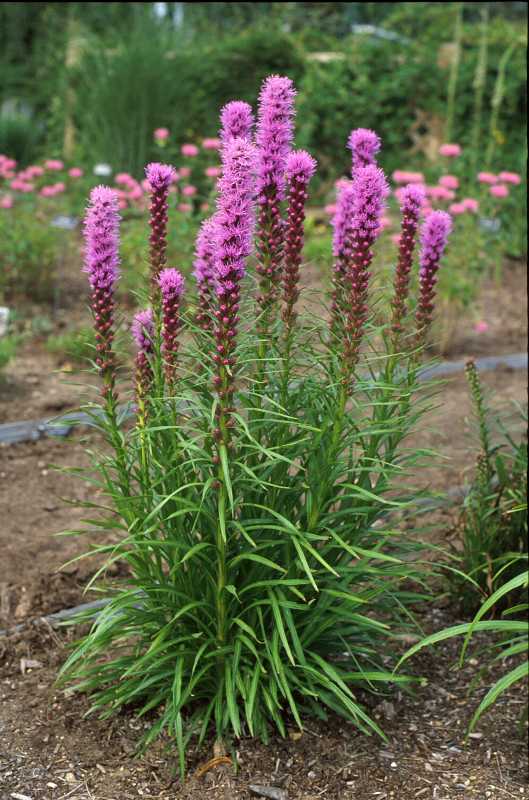
Still on my list of things to do: A regional book, Edible Plants of the Gulf South, says the Liatris species are edible. I’ve been looking at them for 39 years. At the moment however, the only spot I know where they grow is in a non-pick state park. If I can find a good patch elsewhere it will be time to experiment. There are a couple of reasons to be excited about the Liatris. First, they are fairly easy to identify, and where they do grow there’s usually a lot of them. But what’s more interesting is that some experts think they can live for a century or more waiting for just the right conditions to flower, usually right after a forest fire. It seems the corm is dependent on fire to tell it when to send up a sprout.
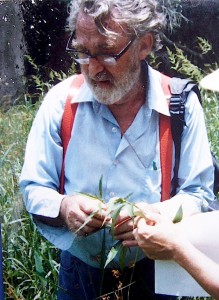
Many years ago I remember Dick Deuerling talking about the Liatris but I don’t remember him mentioning it was edible. Dick was the professor emertitus of foraging here in Florida leaving us in his 90’s six years ago. Uncooperative knees kept him from foraging as much as he would have liked in his latter years. As for Edible Plants of the Gulf South, I would be careful. I have found a few discrepancies that makes me add a note of caution. The book mentions Pyracantha fruit are edible but fails to mention the seed should not be eaten. In discussing Sumac no mention is made of edible shoots and branch tips. And the book repeats the old advice that Nuphar lutea root is edible. I have tried for some 30 years to figure out a way to make that root edible, all ending in bitter failure. I do not know of any professional forager anywhere in the world who recommends it. I have even raised it myself in good water and harvested it young to see if that made any difference. It didn’t.
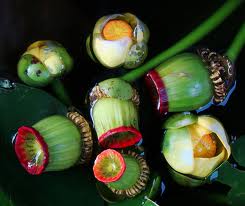
There is one reference in the 1600’s by naturalist John Josselyn who said of the Nuphar, “The Indians eat the roots, which are long a boiling they taste like the liver of sheep.” Frankly, tasting like the liver of sheep would be a grand improvement. A Dr. Edward Palmer, presumably the one who traveled to Indian reservations in the 1800s, said squaws dove into ponds for the roots but preferred to raid muskrat dens for them. However, he made that observation in California and identified the plant as N. advena.
If I can get pseduo scientific for a moment. Technically, Nuphar lutea does not grow in North America. For a long time many botanists thought there was just one Nuphar, the lutea. Other botanists disagreed and said there were different species because, gasp, they don’t all look alike. The One-Species School ruled until 1997 when modern research showed there are some 15 different Nuphar. Thus the point has to be made that if there are several species of Nuphar in North America some might be edible some not. I know the ones here in Florida, Nuphar Lutea subsp advena, are not, or at least I have not made them so. That said, Dick Deuerling did tell me once that he did harvest a local Nuphar root and found it edible after boiling. .. Maybe it was a mutant. He is the only person alive that I know of that can make the claim he at Nuphar root and that it was good.
To read the Nuphar confusion in its entirety click here:
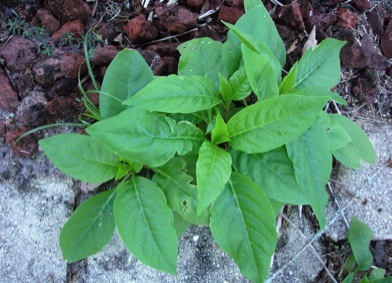
Poke weed (Phytolacca americana) is a rite of passage for many new foragers. Common, toxic, and tasty when prepared properly, no one forgets the first serving of poke weed they collected on their own and consumed. Once past that comes the common question, “can you eat the berries?” The answer is no. However, Professor Julia Morton said the cooked berry juice was edible, though drinkable would be more accurate. Now we know poke weed berry juice has another use. Researchers have found that the red coloring of the berries when painted on fiber-based solar cells creates greater conversion of light into electrical energy.
Fiber-based solar cells are very efficient having the ability to generate twice as much power than “traditional” solar cells. Usually plastic fibers are stamped onto plastic sheets, using the same technology used for attaching tops of soft-drink cans. After that, an absorber (in this case, dye from the pokeberries) is sprayed on the cells. The results is a lightweight, adaptable electrical source that can be shipped anywhere in the world at a low cost. Not bad for a toxic plant some would make illegal.
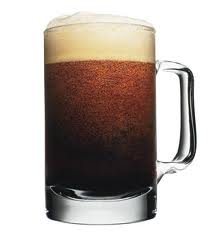
And you thought it was you: Mosquitoes prefer to bite beer drinkers over non-beer drinkers. French researchers used 25 volunteer beer drinkers and 2500 mosquitos (and as a control 18 volunteers drinking water, and 1800 mosquitos.) Before you start feeling sorry for the volunteers know the mosquito activity was not biting but rather taking off and flying up wind towards the volunteers. Now, one might ask, why research such an issue? Apparently in malaria-infested areas 20% of the population account for 80% of the cases of malaria. The researchers were looking for a correlation between increased alcohol consumption and malaria cases. Their conclusion is that getting malaria is not always just a random event. As alcohol consumption increases, or moves into an area, so to does malaria. Incidentally, body temperature and amount of carbon dioxide exhaled did not influence mosquito behavior.
Someone once said that coincidences is just God’s way of letting you know he exists. If that’s so it has to apply to innocent coincidences, I think, like getting a random seat at a concert in a foreign country and ending up sitting next to the mother of one of your student (that happen to me in Scotland.) Then there are other coincidences such as every time I get a home owner’s meeting notice left at my door (rather than mailed) I get a notice within two weeks from the county that my front yard is “over grown” and in violation of code… a not-so-innocent coincidence. It is the tenor of the times and I think it will happen to more people as we come to realize laws just aren’t “green.” I repurposed this audio from a decade ago that I did about that for National Dutch Radio into a recent video here.
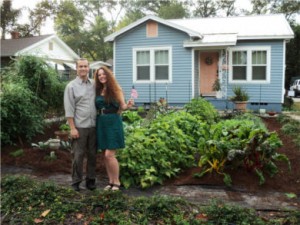
While I would like to broadside home owner associations one has to recognize what they are doing, which is representing property owners who expect and want a certain kind of physical look and use to their property (and that does not include growing vegetables in the front yard.) What is ignored is that I, too, want a certain physical look and use to my property. They want decapitated grass putting greens for lawns. I want nature and food. We have opposing use in mind and right now they inherited the legal clout. Thus three things have to happen.
The grass fanatics, and Lawn Enforcement Officers, have to learn that au natural is good and that lawn is not good for the environment or the economy. In short we have to get away from the idea that one is allowable in suburbia and one is not. At the same time we have to be aware of everyone’s property rights (at the moment if you want something other than lawn your property rights are being excluded from the legitimate column.)
It is rather odd when one thinks about it. My neighbor dumps herbicides on her lawn, and pesticides and fertilizer. She plants toxic ornamentals and drains off precious water to keep the entire artificial concoction alive. If you ate any part of it it would make you sick or kill you (indeed, such lawns are the source of nearly all children poisonings.) There are no living creatures about her lawn, no bugs or birds et cetera. Her toxic, sterile front yard is legal. My front yard is not pesticided, herbicided, fertilized nor draws off water. It is full of life and provides food as well. It is illegal. As they say, what’s wrong with this picture? The problem is people, in and out of authority, think grass is good, non-grass is bad. That has to change.
Americans grow only one crop more than lawn grass, and that is corn. We grow more lawn grass than wheat. We spill some 17 million gallons of gas and oil annually taking care of that lawn grass. Homeowners use 10 times more fertilizer and pesticides than they need to, and lawns take up to 60% of the fresh drinking water in urban areas. And while all of that may be illegal, it is irresponsible.
At some point not only does my kind of front yard has to become legally acceptable but my neighbor’s yard should become taxable for the burden it causes. In other words, if she wants to keep an environmentally harmful stretch of chemicalized decapitated grass and child-sickening ornamentals, she should be taxed and that money used to help undo the effects of her pesticides, herbicides, fertilizer, water use and buffet of poisonous plants. She is harming the environment, presenting a threat to children, and getting a free ride. The near century-old notion that lawns are better and the suburban standard must give way to new permaculture views.
The law, the home owners associations and the code enforcers should respect the property rights of BOTH groups of homewoners, not just one. That way I can eat the weeds and she can have putting green. But instead of fining me for my environmentally friendly front yard tax her for maintaining a toxic dump. Not only will the environment be better off for it but governments will have a new source of revenue, a lawn tax, by the square foot.

Donations to upgrade: If you’d lie to donate to this website and newsletter you can use this Go Fund Me link, this PayPal donation link or by writing to Green Deane POB 941793 Maitland FL, 32794. And I am in the process of writing to folks who are interested in exchanging some webmastering for foraging classes. As they used to say when we had television with antennas, stay tuned.
This is weekly newsletter 371. If you want to subscribe to this free newsletter you can find the sign-up form in the menu at the top of the page.


I LOVE the idea of taxing lawns! It infuriates me that useless grass and the water and chemicals needed to maintain it is legal, but growing food in your front yard to feed yourself is forbidden. What a backwards world!
Gov desantis signed a law in january stripping local authorities of the ability to regulate home gardens.
I do agree with your concerns.
Thanks barry
I wish you much success in your efforts to bring sight to the environmentally blind. But this a battle that has many battle fronts, and life for us is not long enough to win them all. I hate to be thought of as a quitter, but I retreated to 6 acres of woods on the NW Florida Gulf coast. I was immediately rewarded with birds and insects I have not seen since leaving North Georgia as a child. Not all is perfect. People burn their yard debris and sometimes household garbage. Others think car windows are for throwing trash out as they drive. The mosquitoes and mighty sand gnats (the local school mascots!) tend to drive away most of the obnoxious nature haters. Come and join us!
Read it more than once . So much enjoyable every part of it.